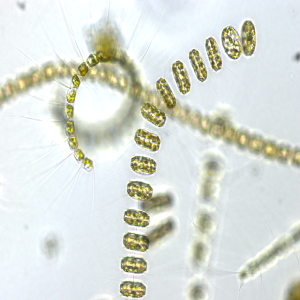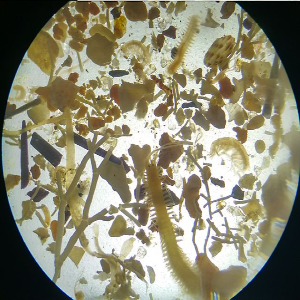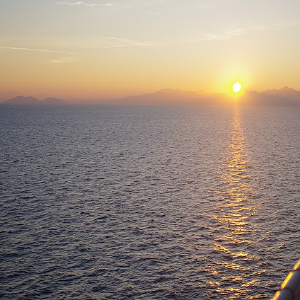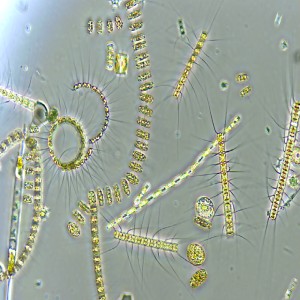Subfossil Cladocera and pollen as indicators of natural and anthropogenic trophic changes of Lake Jelonek (Tuchola Forest, N Poland) during the Holocene

Accepted: 16 November 2016
HTML: 936
All claims expressed in this article are solely those of the authors and do not necessarily represent those of their affiliated organizations, or those of the publisher, the editors and the reviewers. Any product that may be evaluated in this article or claim that may be made by its manufacturer is not guaranteed or endorsed by the publisher.
Lake Jelonek is a small lake located in central northern Poland, in the Tuchola Forest. The sediments of the lake represent a natural archive that offers insights into the natural history of the region from the Late Glacial to present. In winter 2002, a 1330 cm long sediment core was recovered from the deepest part of lake. Using a multiproxy approach (cladocerans, pollen and basic geochemistry), we reconstructed trophic status changes through the last ~15,000 years. Special attention was devoted to the evaluation of nutrient contributions to the lake from natural and anthropogenic sources. The Cladocera analyses yielded a total of 29 species belonging to five families (Bosminidae, Daphniidae, Leptodoridae, Chydoridae, Sididae), with planktonic species representing more than 60% of Cladocera relative abundance throughout the core. The pollen results suggested four periods of increased human activity, so-called settlement phases. The first traces of human activity in the basin of Lake Jelonek appeared in the Atlantic period and were related with Mesolithic and Neolithic settlements. The second (Bronze Age) and the third (Iron Age) settlement phases are well marked by the paleolimnological proxies studied. This time period clearly manifested on the lake waters as an increasing trophy level probably caused by human-associated discharges of nutrients to the lake. After the third settlement phase cladoceran data indicated a significant decrease in the lake trophic level and the pollen data showed a recovery of forest cover. The fourth period of human economic activity during the early Middle Age was characterized by deforestation associated with land reclamation for grazing and cultivation of cereals, and the subsequent nutrient enrichment of lake waters. According to our results, the biological development of Lake Jelonek was determined by climate changes from Late Glacial up to the Atlantic period. Contrastingly, the most important driver for the lake development though the middle and late Holocene has been human activity within the lake catchment. The recovery of the lake trophic level during the last century, which is primarily related to extensive afforestation of the lake catchment, highlighted the importance of land use in the conservation of healthy water bodies.
PAGEPress has chosen to apply the Creative Commons Attribution NonCommercial 4.0 International License (CC BY-NC 4.0) to all manuscripts to be published.



 https://doi.org/10.4081/aiol.2016.6234
https://doi.org/10.4081/aiol.2016.6234







